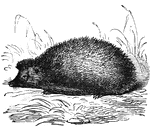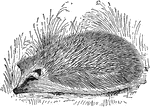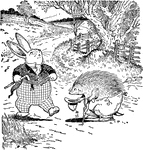Clipart tagged: ‘hedgehog’
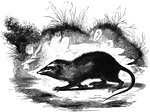
Raffle's Gymnure
The only species of the Gymnure genus, found in Sumatra. "It is little known, but seems to possess more…

Hedgehog
"Hedgehog is a quadruped distinguished by having the body covered with spines instead of hair. The skin…
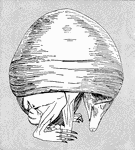
Skinned Hedgehog
A skinned hedgehog. This image is supposed to show the muscles of the back which contract to make the…
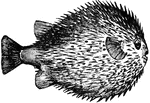
Sea Porcupine
A fish with many small spikes that blows itself into a globular shape by swallowing air.
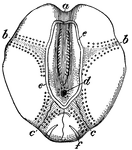
Sea Urchin - View from Above
Amphidotus cordatus or Echinocardium cordatum, commonly called a sea urchin, viewed from above. a, anterior…
